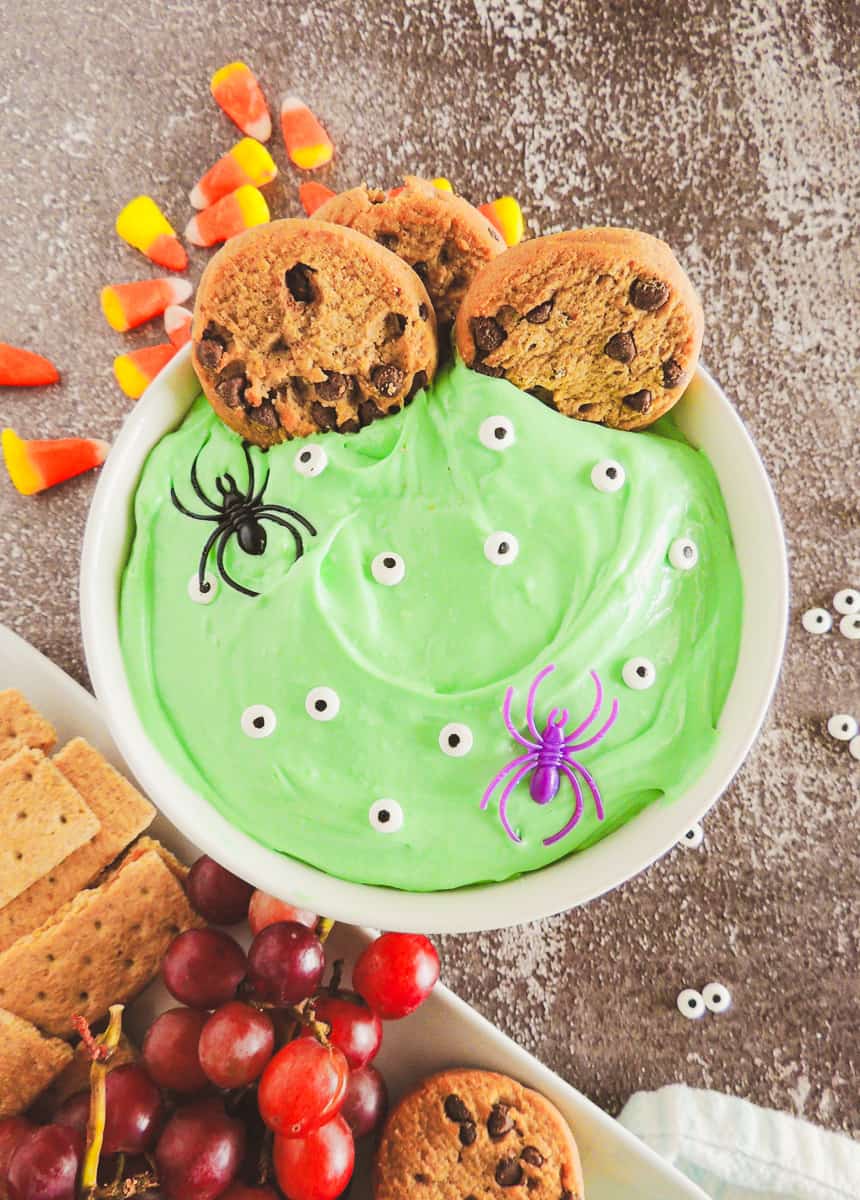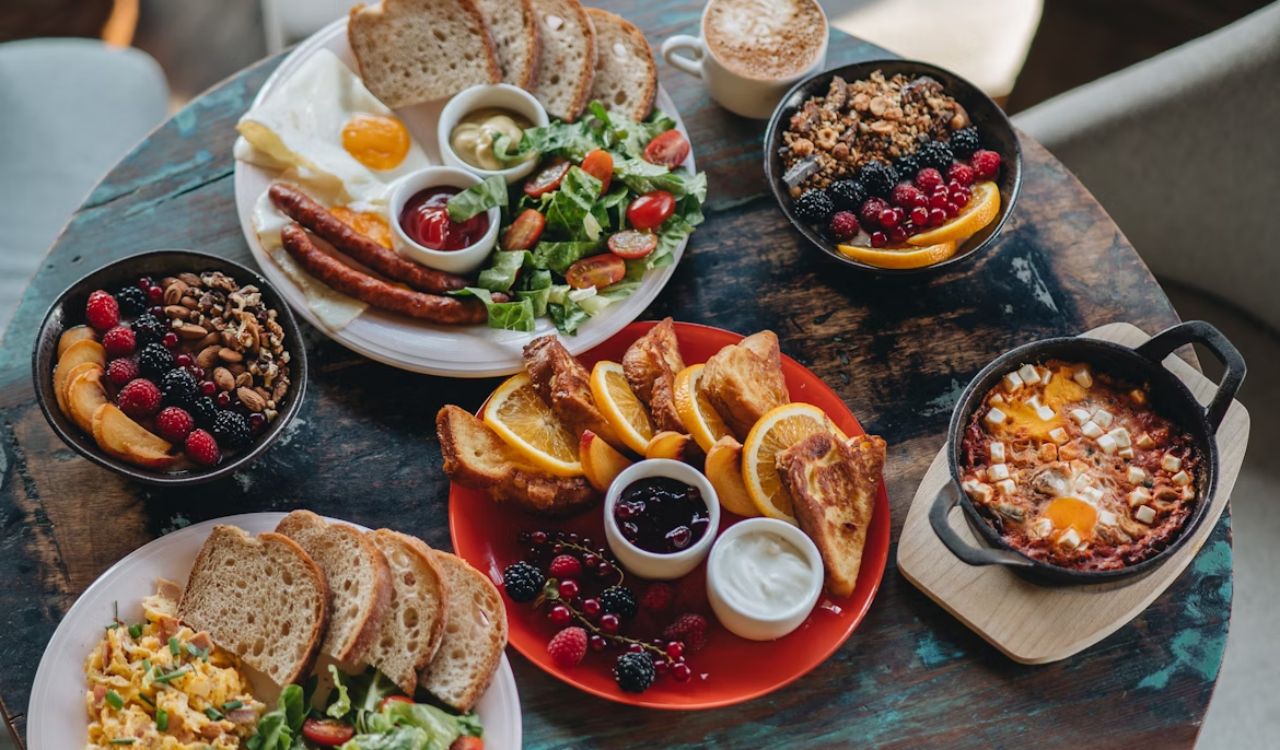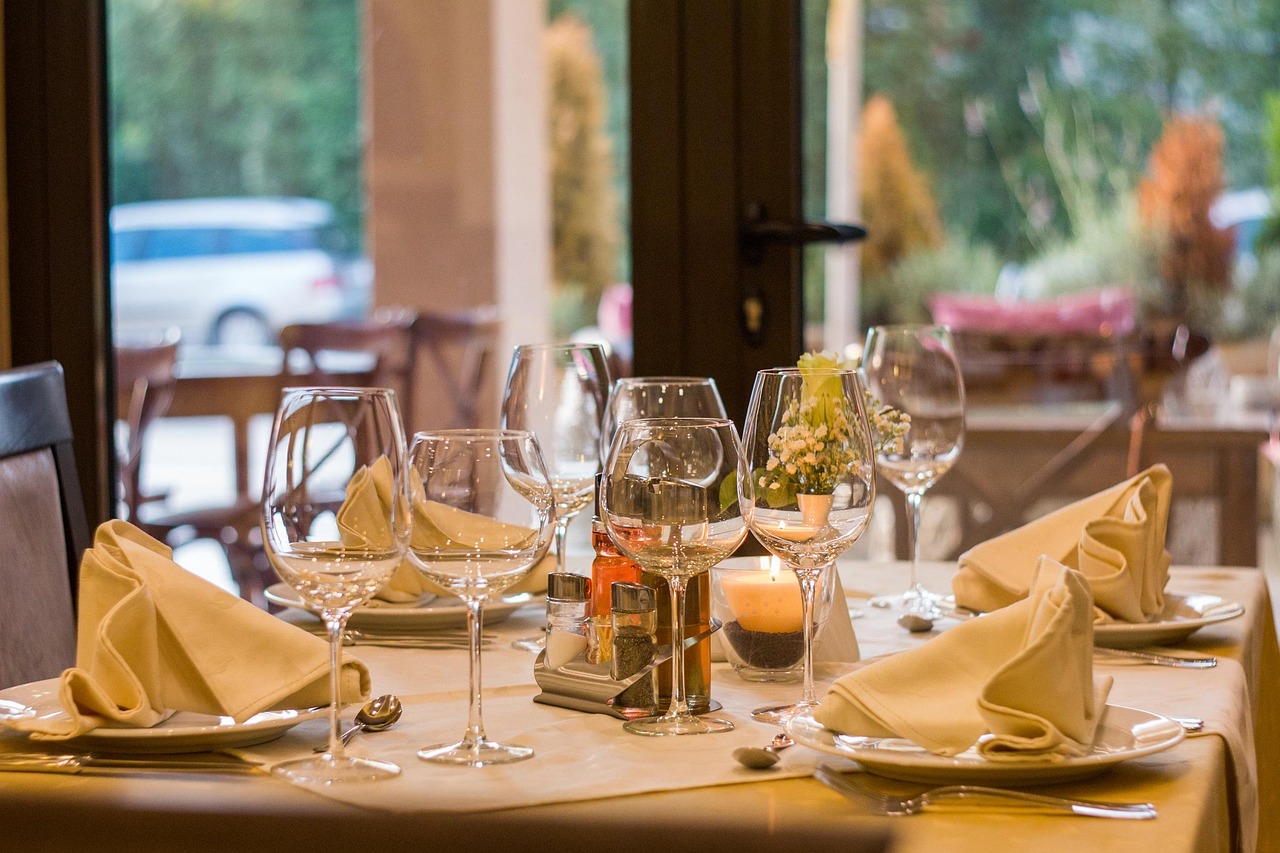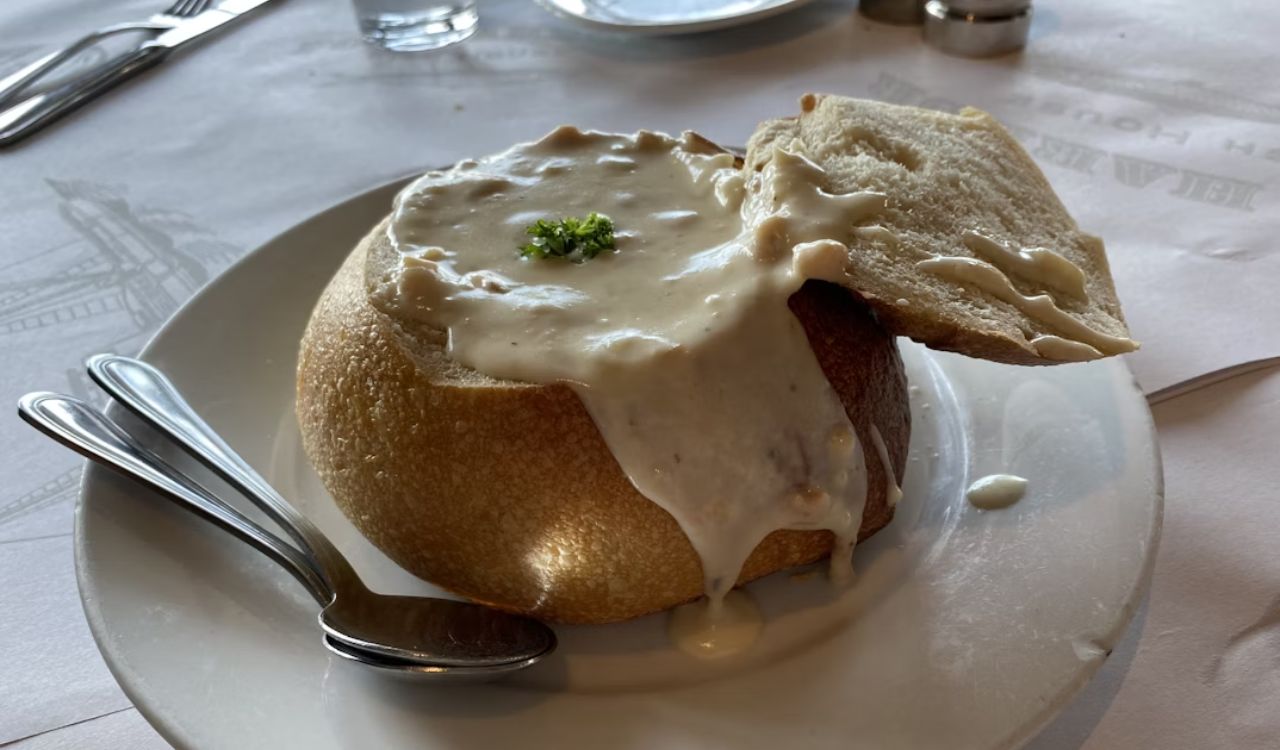12 Grilling Hacks That Make You the Backyard Hero
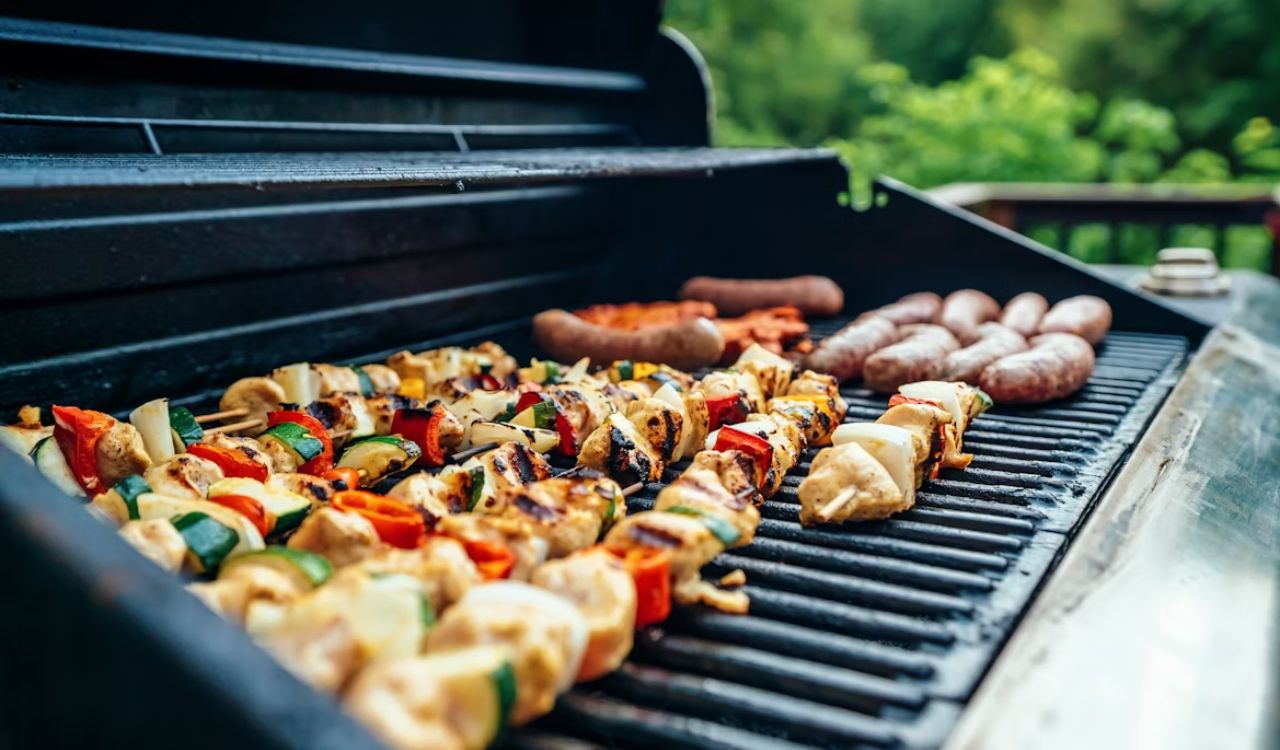
Nothing says summer like the smell of sizzling food on the grill. Whether you are cooking for a few friends or a full backyard crowd, the right techniques can turn your barbecue from good to unforgettable. These simple, practical hacks help you grill smarter, keeping meats juicy, vegetables flavorful, and cleanup stress-free. From creating temperature zones to infusing smoky aromas with wood or herbs, you will be ready to impress without overcomplicating things. Best of all, most of these tips can be used immediately with tools and ingredients you already have at home.
1. Create Dual Heat Zones for Versatility
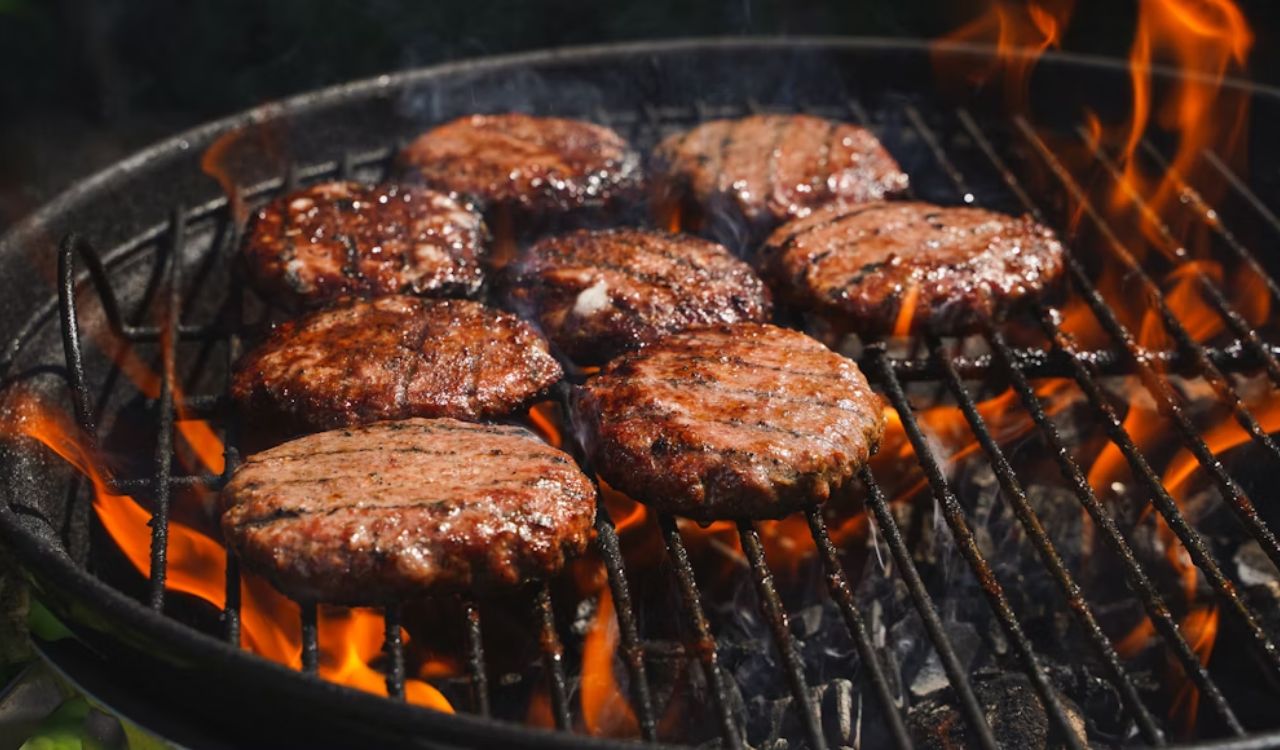
A two-zone setup gives you complete control over your cooking. On a charcoal grill, push the coals to one side, creating a hot zone for searing and a cooler side for gentler cooking. For gas grills, turn one burner to high and keep another on low or off entirely. This method lets you sear steaks or chops quickly over direct heat to lock in flavor, then move them to the cooler area to finish cooking without burning. It’s also perfect for delicate foods like fish or vegetables and reduces the risk of flare-ups that can char the outside before the inside is done.
2. Boost Juiciness with a Water Tray
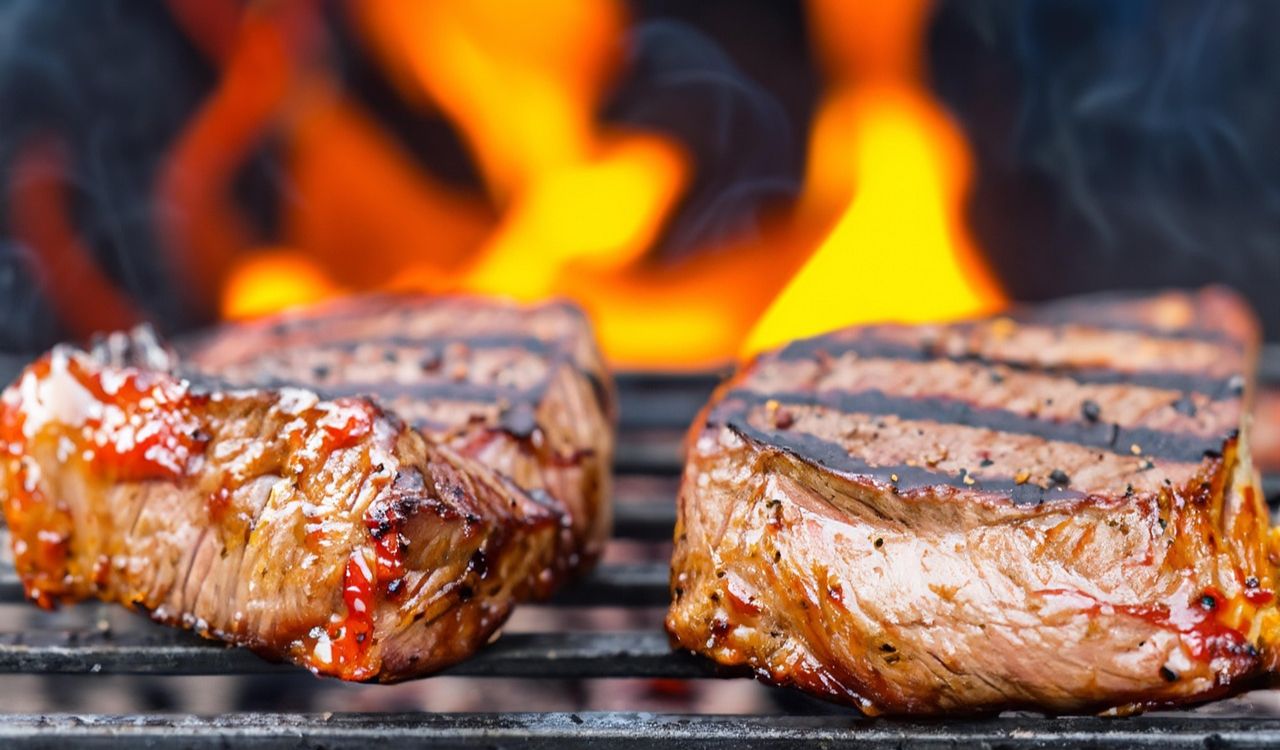
A simple foil pan filled with water can transform the texture of your grilled meats. Placed away from direct heat, it releases gentle steam that helps maintain moisture—especially useful for long cooking sessions with chicken, pork shoulder, or brisket. You can add aromatics like rosemary sprigs, lemon slices, or even a splash of beer for extra depth of flavor. The key is to let the steam work alongside the grill’s heat, not replace it, so your food still gets that smoky char. This trick also helps stabilize grill temperature, which is crucial when cooking over fluctuating outdoor conditions.
3. Preheat Your Grill for Better Results
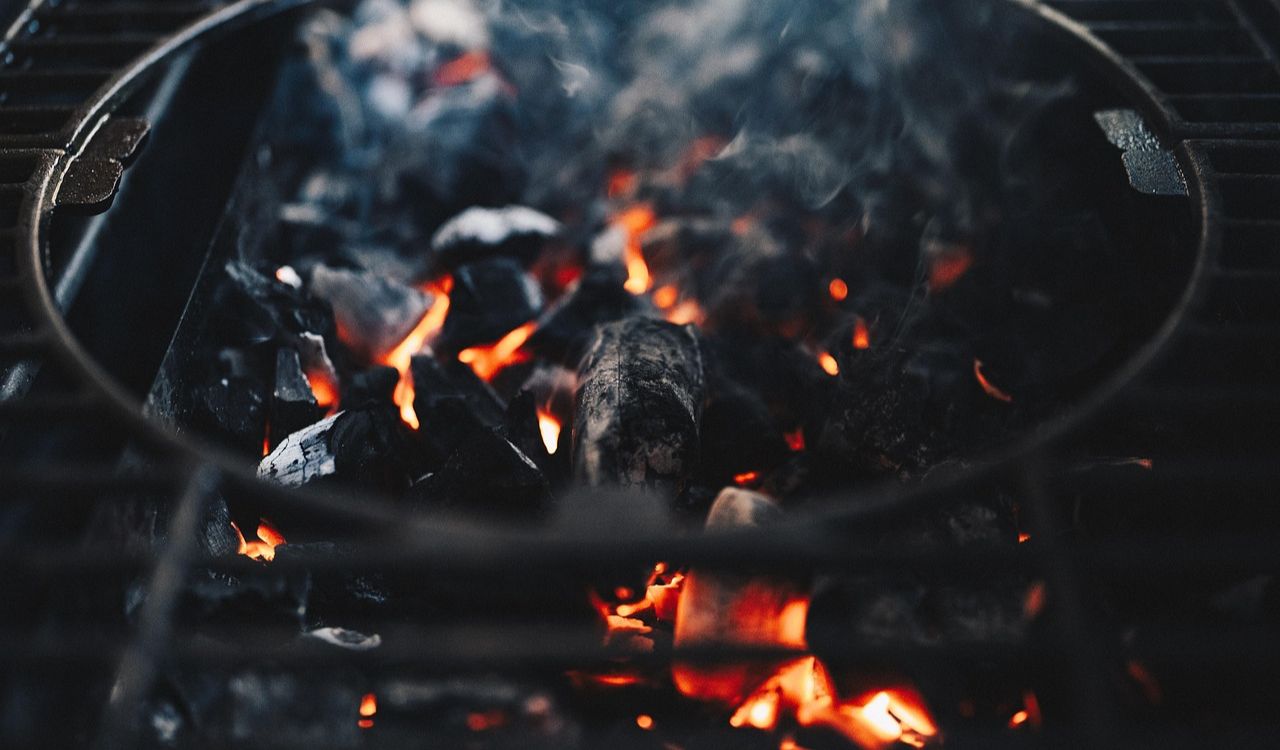
Patience pays off when preheating your grill. Allow 10–15 minutes for the grates to reach the proper temperature before adding any food. A hot grill ensures better sear marks, locks in juices, and reduces the chance of sticking. For best results, clean the grates before heating so old residue doesn’t affect flavor. Once hot, lightly oil the grates with a paper towel held by tongs. This combination of heat and a thin oil layer creates an ideal nonstick surface. Even cooking is easier to achieve when you start with properly heated metal, especially for thicker cuts or denser vegetables.
4. Use a Meat Thermometer for Consistency
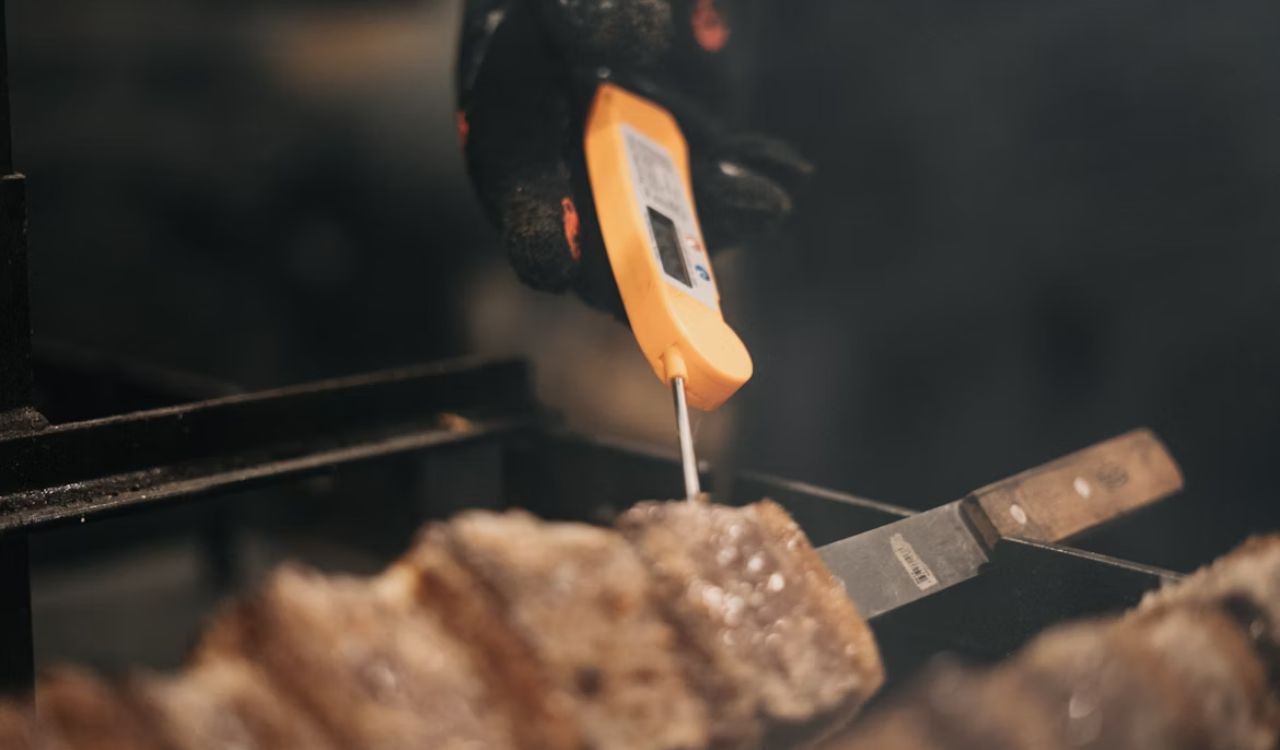
Guesswork is the enemy of perfect grilling. A digital meat thermometer gives you precise readings, helping you avoid undercooked chicken or overdone steaks. Insert the probe into the thickest part of the meat, making sure it doesn’t touch bone or fat for an accurate measurement. Follow USDA guidelines: 165°F for poultry, 145°F for pork and beef with a rest period. This simple tool is especially valuable for larger roasts or when grilling for a crowd, ensuring both safety and flavor. Once you see how reliably it produces perfect doneness, you’ll likely keep it as a permanent part of your grilling kit.
5. Infuse Smoked Flavor with Wood Chips or Herbs
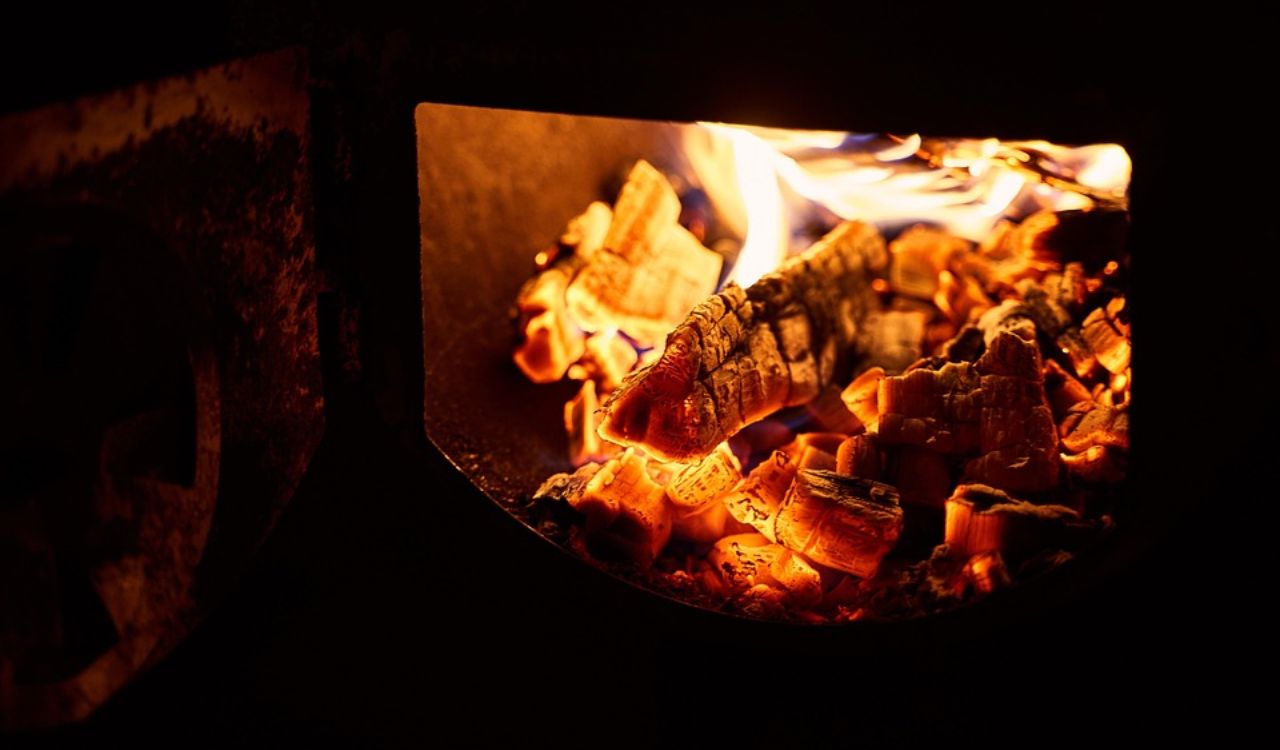
Adding smoke to your grill is easier than it sounds. Place dry or slightly soaked wood chips in a smoker box or wrap them in foil with holes poked in the top. Set this over the heat source for a steady release of flavor. Applewood offers a sweet, mild profile, hickory gives a stronger savory punch, and mesquite provides a bold, earthy intensity. For an herbal twist, toss fresh rosemary, thyme, or oregano directly onto the coals or burner. As they burn, they release aromatic smoke that infuses meats and vegetables, giving even simple dishes a rich, layered taste.
6. Simplify Cooking (and Cleanup) with Foil Packs

Foil packets are a time-saving solution for grilling sides or delicate foods. Arrange vegetables, potatoes, or seafood on heavy-duty foil, drizzle with oil or butter, season generously, and fold to seal. Place the packet over medium heat, flipping halfway through to ensure even cooking. This technique traps moisture and flavors inside while keeping small pieces from falling through the grates. Best of all, cleanup is effortless. Just toss the used foil when you’re done. When cooking for a crowd, foil packs also free up grill space for mains while still letting you prepare sides right alongside them.
7. Oil the Food, Not the Grill
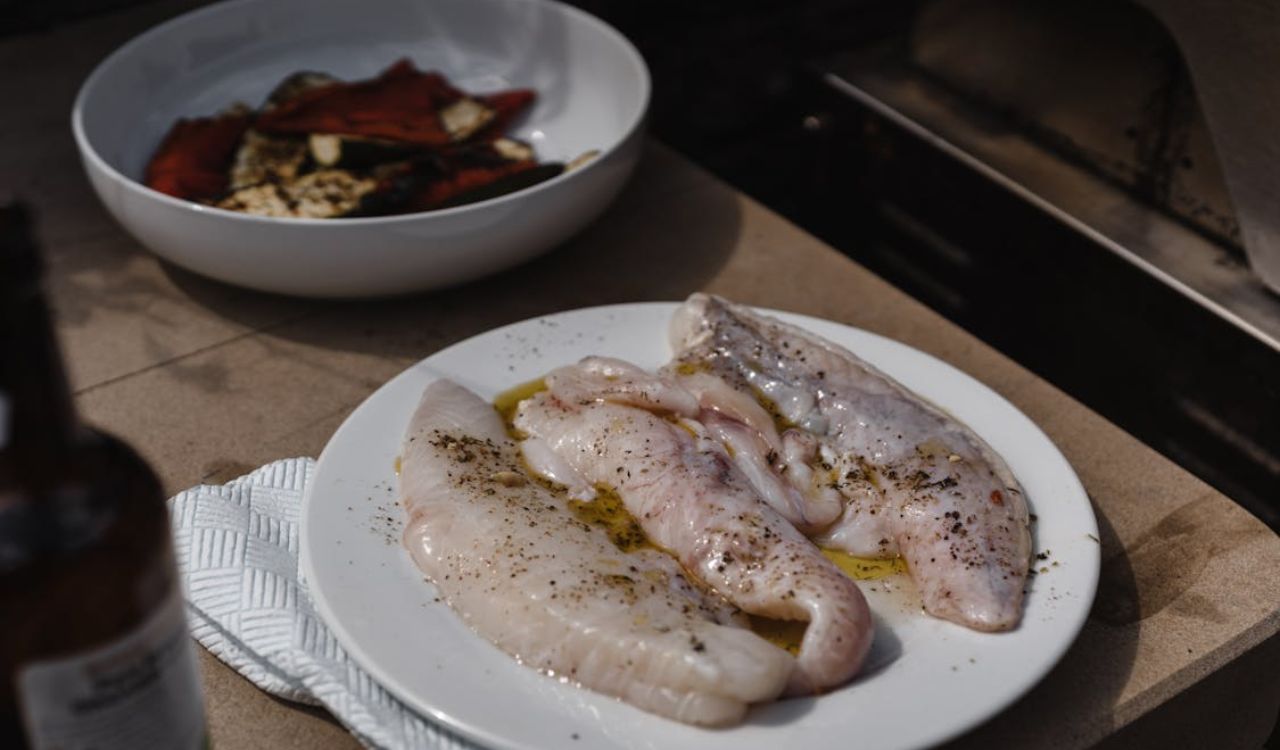
Instead of brushing oil on the grates, lightly coat your food right before seasoning. This prevents flare-ups caused by excess oil dripping onto the flames and also helps spices adhere better. Choose oils with a high smoke point, such as canola, avocado, or grapeseed, to prevent burning. Oiling the food promotes even browning and keeps it from sticking without creating a greasy buildup on the grill surface. This small change not only improves texture and flavor but also makes post-cook cleaning faster and easier. It’s a smarter, cleaner way to prepare food for the heat.
8. Let Meat Rest Before Cutting
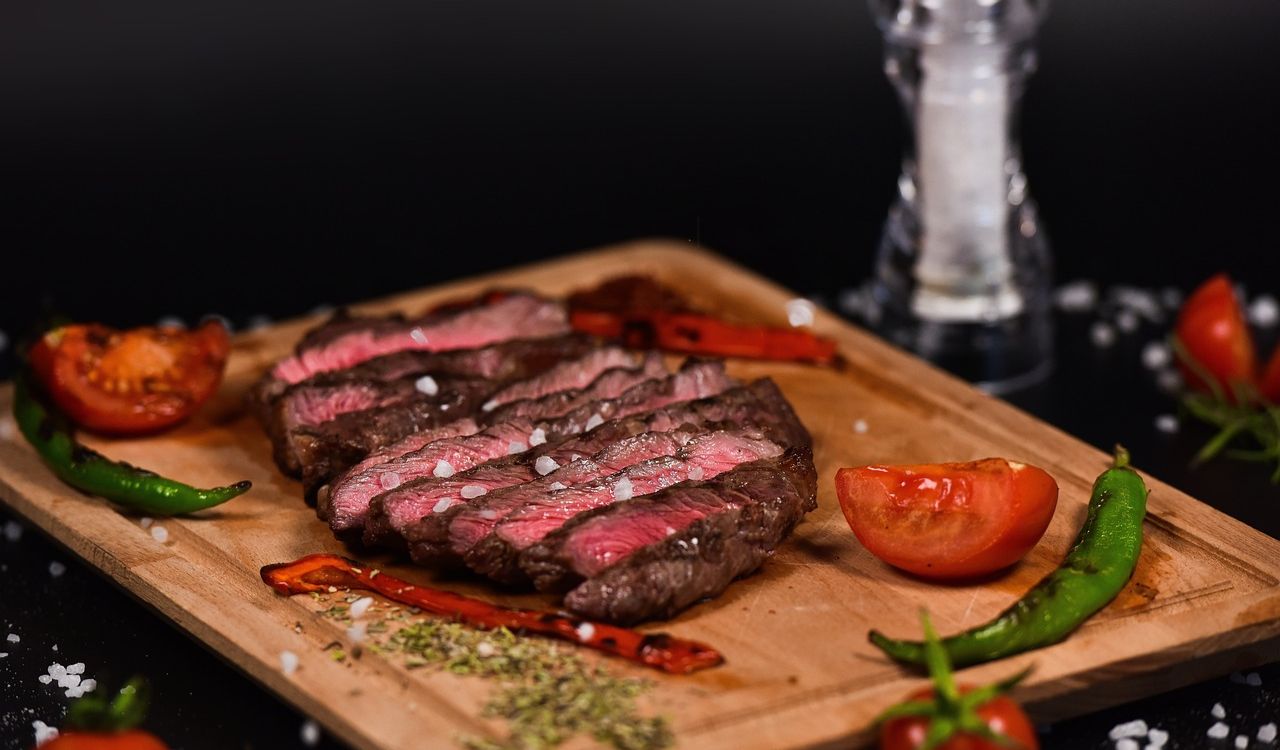
Resting meat after grilling is one of the simplest ways to improve juiciness. Cover your cooked meat loosely with foil and let it sit for about 5 minutes for smaller cuts like steaks and 10–15 minutes for roasts or larger pieces. During this time, the juices redistribute evenly, preventing them from spilling out onto the cutting board. Slicing too soon results in drier, less flavorful bites. While it may be tempting to serve immediately, the brief wait makes a noticeable difference in tenderness and taste, turning a good grilled meal into a great one.
9. Use a Cast-Iron Skillet on the Grill
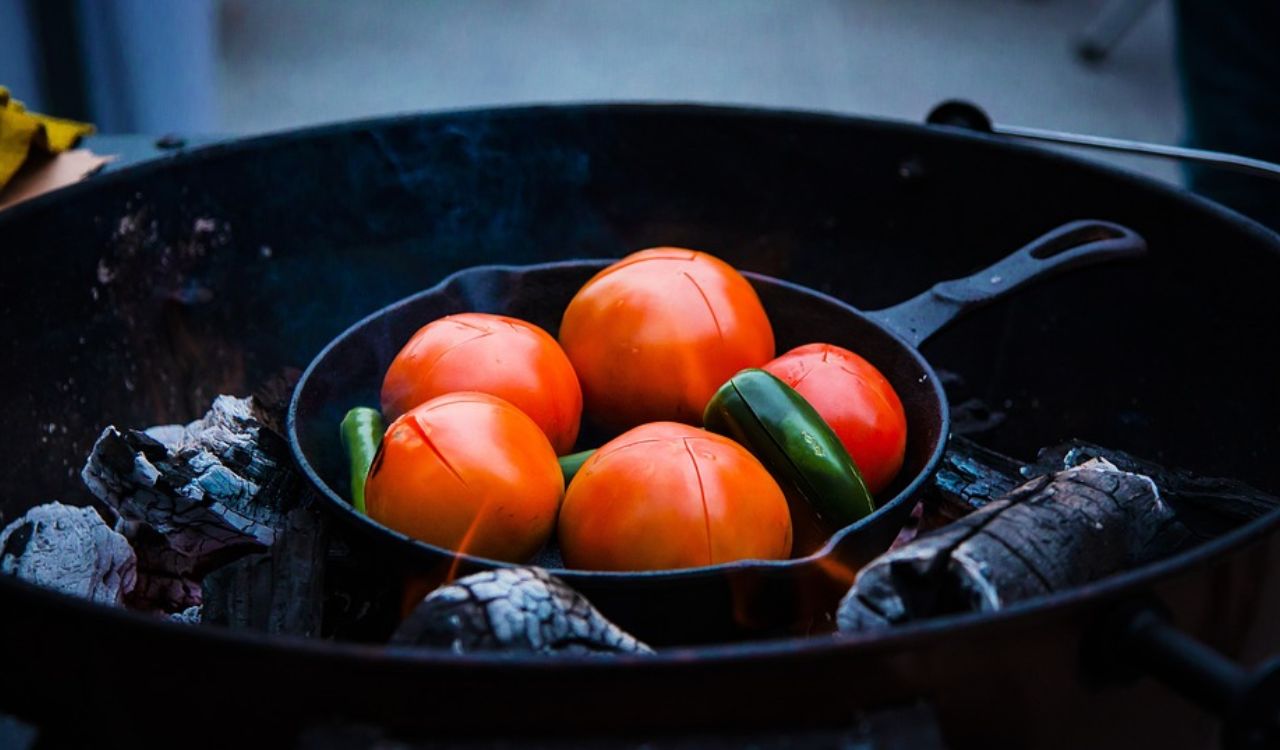
A cast-iron skillet opens up new possibilities on the grill. It retains heat evenly, making it perfect for sautéing vegetables, cooking delicate fish, or even baking cornbread outdoors. Because it prevents smaller items from falling through the grates, it’s also ideal for shrimp, diced potatoes, or stir-fried dishes. Preheat the skillet on the grill to avoid sticking, and always handle it with heat-resistant gloves. It absorbs a hint of smoky flavor while maintaining steady cooking temperatures, letting you expand your grilling menu beyond the usual burgers and steaks.
10. Slice Across the Grain for Tender Texture
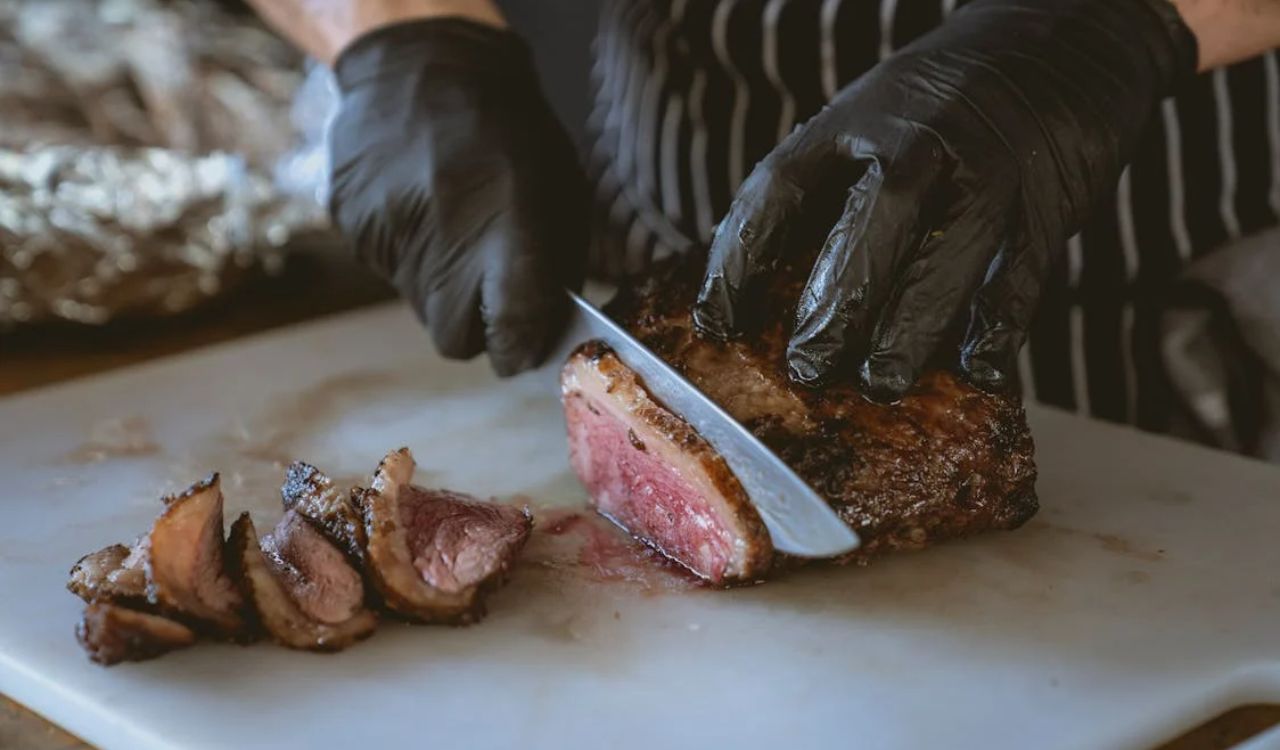
The way you slice grilled meat can affect its texture just as much as how you cook it. Cutting against the grain or perpendicular to the natural muscle fibers shortens those fibers, making each bite more tender and easier to chew. This is especially important for tougher cuts like flank, skirt, or brisket. Take a moment to identify the direction of the grain before slicing, and use a sharp knife to ensure clean cuts. When paired with proper resting, this technique can transform even a budget cut into something restaurant-quality.
11. Keep Your Grill Clean for Best Flavor
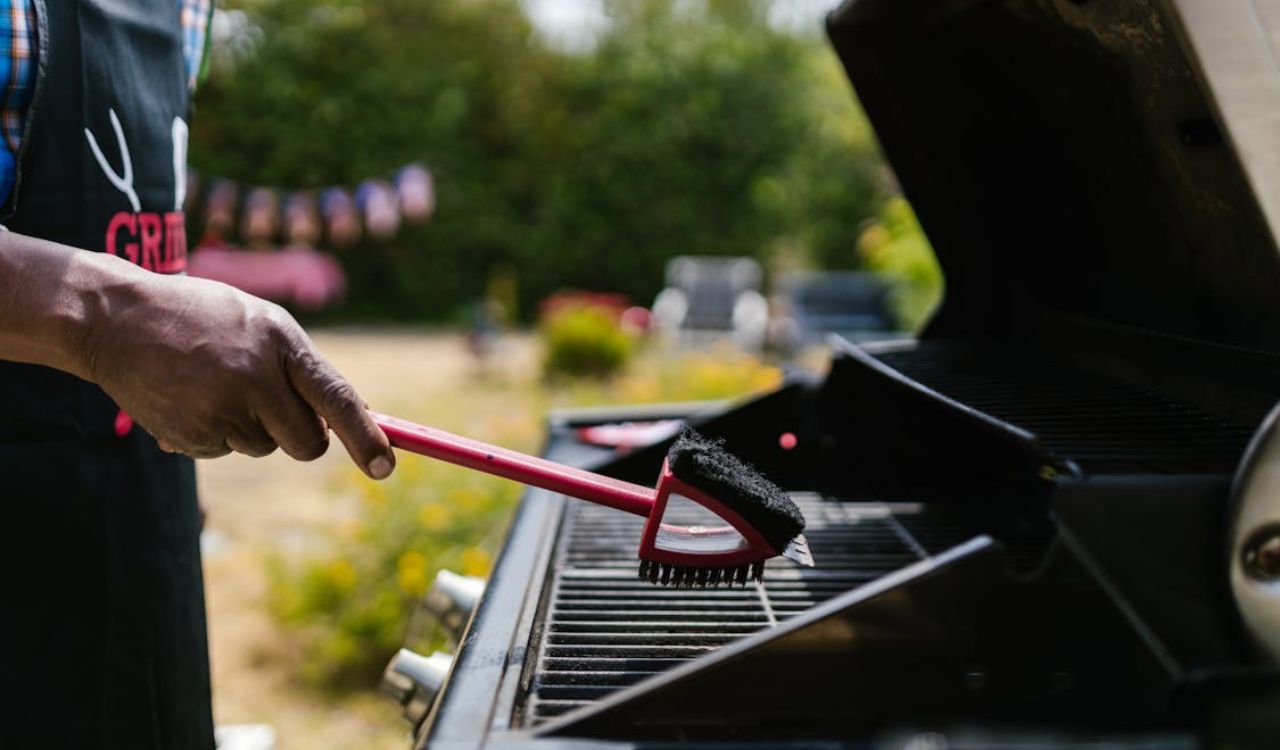
A dirty grill can ruin the taste of your food and even cause safety issues. After each cooking session, scrub the grates while they’re still warm to remove residue before it hardens. For a deeper clean, periodically remove the grates and wash them in warm, soapy water. Using a bristle-free brush avoids the risk of stray wires ending up in your food. Regular maintenance prevents unwanted smoke, reduces sticking, and ensures your grill heats evenly. Plus, it prolongs your equipment’s life, keeping it ready for many more summer cookouts.
12. Don’t Press Down on Burgers, It Squeezes Out Flavor and Moisture
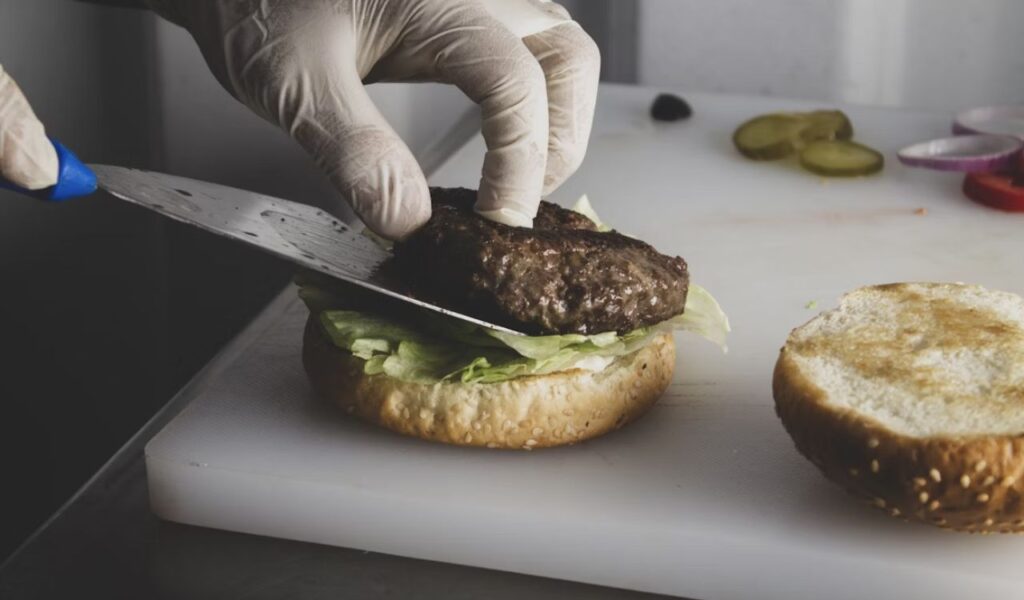
Here’s the truth: every time you press that spatula down on a sizzling burger, you’re not helping it cook faster; you’re forcing out the very juices that make it taste great. Those sizzling drips hitting the flames are the fat and moisture your burger needs to stay tender. The best way to get that crave-worthy crust is high, steady heat and patience. Let the meat sit undisturbed until it naturally releases from the grill before flipping. Use a digital thermometer if you’re unsure about doneness instead of flattening it to check. A properly seared burger traps juices inside, keeping every bite rich, savory, and full of the flavor you worked for.


